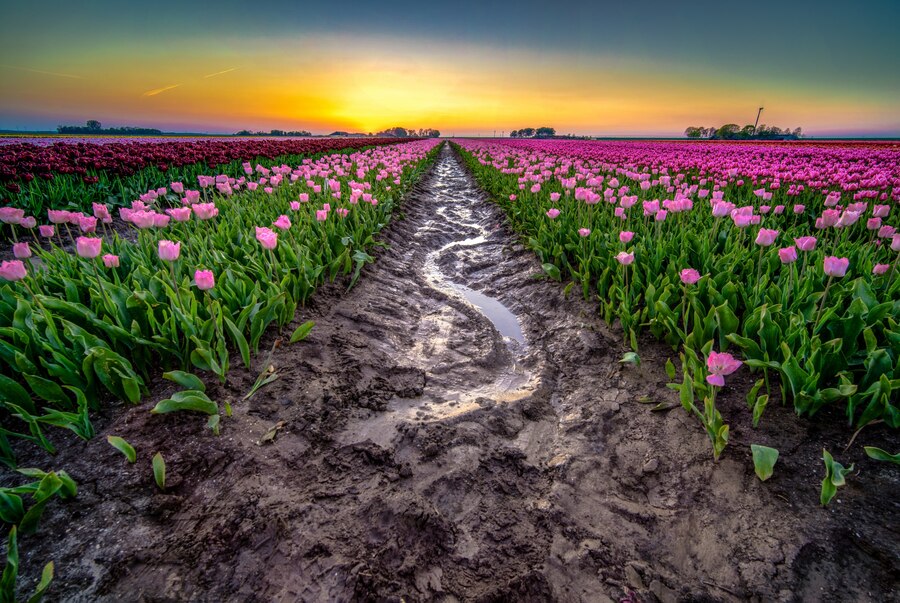
From Field to Flower Bed: The Story Behind Our Signature Wildflower Mixes
Share
Table of Contents
- What makes a wildflower mix "signature"?
- How do we choose the right flowers?
- Where do our seeds come from?
- How do we ensure consistent quality?
- What role does bloom timing play in a mix?
- How do we make sure the mix is pollinator-friendly?
- What happens before it reaches your garden?
- Why does all of this matter to gardeners?
What makes a wildflower mix "signature"?

A signature wildflower mix isn't just random seeds thrown together. It's a carefully designed blend that delivers a reliable, beautiful, and functional display. Each mix reflects a balance of color, height, bloom time, and ecological benefit. At GevaGrow, our signature mixes are crafted through years of testing, feedback, and expert knowledge.
How do we choose the right flowers?

We start by asking three main questions:
- Will this flower thrive in multiple climates?
- Does it support pollinators or local ecosystems?
- Does it add color and variety to the mix?
Each flower species must meet these criteria. For example, Black-Eyed Susan and Coreopsis are favorites because they are hardy, bloom for long periods, and attract bees.
We also consider native species and their compatibility with other plants. Our selections aim to create harmony both above and below the soil.
Where do our seeds come from?

We work closely with trusted growers across North America. Seed farms are chosen based on their:
- Seed purity standards
- Use of sustainable farming practices
- Ability to deliver in high volumes without compromising quality
How do we ensure consistent quality?

Quality control is done in multiple stages:
- Seed testing – We run lab tests for viability, purity, and weed seed contamination.
- Visual inspection – Our team visually inspects each batch for size, shape, and color.
- Storage protocols – Seeds are stored in temperature- and humidity-controlled environments to preserve freshness.
We also batch test our mixes regularly to ensure they maintain consistent bloom patterns and coverage.
What role does bloom timing play in a mix?

A beautiful garden needs ongoing color, not just one big bloom and then nothing. That’s why we include flowers with staggered bloom times:
-
Early bloomers: California Poppy, Baby Blue Eyes
-
Mid-season: Coreopsis, Black-Eyed Susan
- Late bloomers: Purple Coneflower, Goldenrod
This sequence ensures your garden stays vibrant from spring through fall.
How do we make sure the mix is pollinator-friendly?

According to the Xerces Society, over 30% of North American bee species are in decline. To support them, we prioritize species with high nectar and pollen value. For example:
-
Bee balm for bumblebees
-
Milkweed for monarchs
-
Lavender and cosmos for honeybees and butterflies
Our mixes are free from neonicotinoids, a pesticide harmful to pollinators.
What happens before it reaches your garden?

After mixing, the seeds are:
- Weighed and bagged into eco-friendly packaging
- Labeled with detailed planting instructions
- Marked with lot numbers for traceability
Each bag is hand-checked before shipping. We want you to get a product that works as beautifully in your garden as it does in our trials.
Why does all of this matter to gardeners?
When you plant a wildflower mix, you’re not just planting for looks. You’re creating habitat, building soil health, and supporting local ecology. That’s why we believe attention to detail matters.
Whether you're starting a backyard meadow or lining a walkway, our signature wildflower mixes are designed to succeed with minimal effort but maximum reward.








